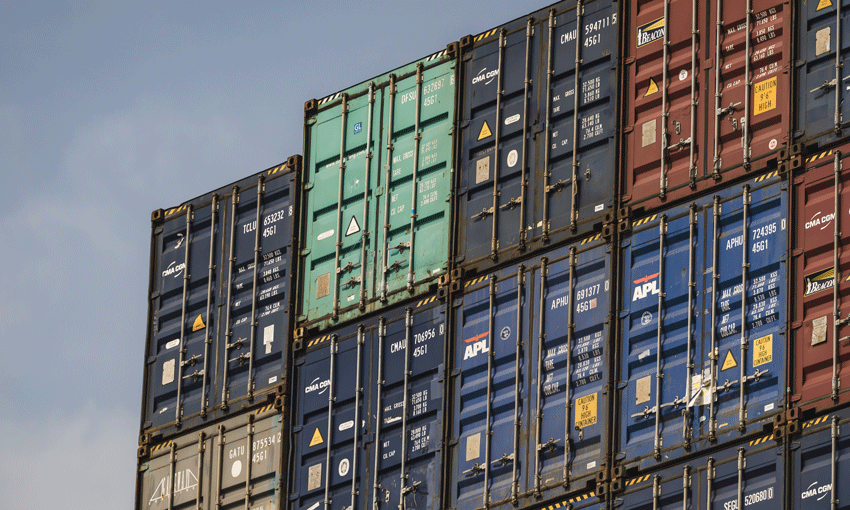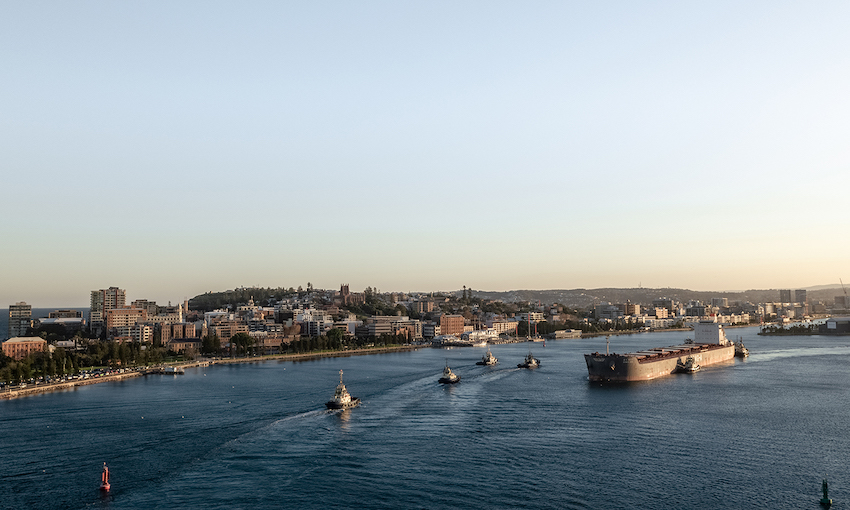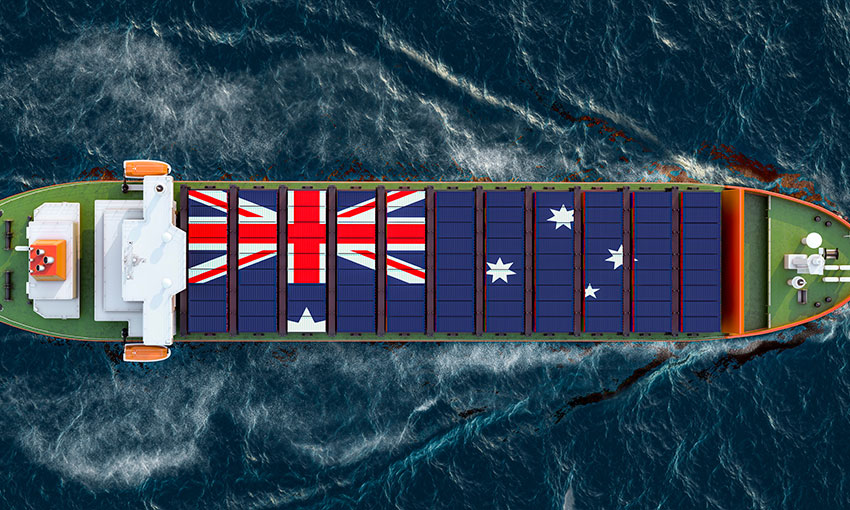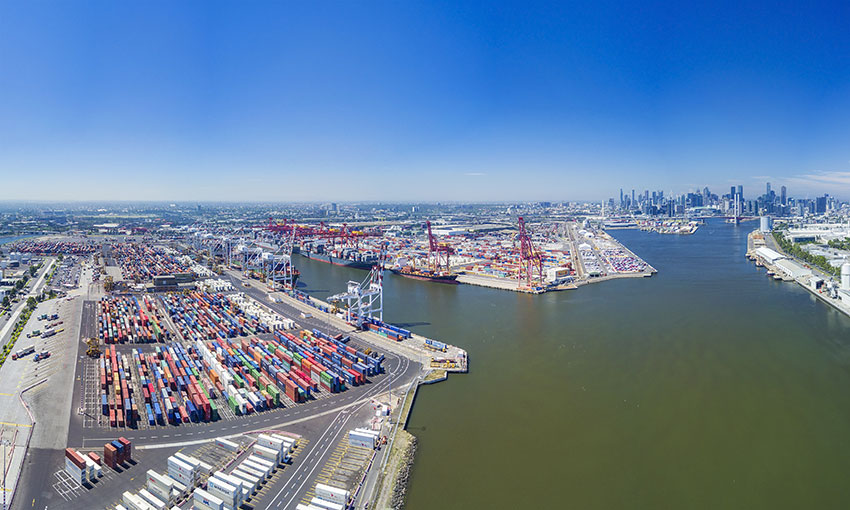Dear Editor,
Shipping Australia recently commented in their weekly newsletter about supply chain resilience and connectivity of liner shipping from Australia to the rest of the world.
In the article, SAL quoted the latest data from the UN Conference on Trade and Development (UNCTAD) and the recent publication of the latest Liner Shipping Connectivity Index (LSCI). The index is based on the following criteria:
- the number of scheduled ship calls per week in the country;
- deployed annual capacity in Twenty-Foot-equivalent Units (TEU): total deployed capacity offered at the country;
- the number of regular liner shipping services from and to the country;
- the number of liner shipping companies that provide services from and to the country; and
- the average size in TEU of the ships deployed by the scheduled service with the largest average vessel size.
Whilst I generally agree with the quoted figures in the SAL newsletter article, some further investigation reveals that some of the stated improvements are not quite what they seem.
Once you drill down in more detail into the LSCI data, it appears that much of the percentage increase over the 15 years has been in the smaller capital city container ports such as Fremantle (115% increase) and Adelaide (92% increase), and from a low base. The larger ports (Melbourne, Sydney and Brisbane) have all recorded less than 50% increase over 15 years.
Furthermore, when looking at some Bureau of Infrastructure and Transport Research Economics (BITRE) data, it indicates that most of the improvement is due to the use of larger vessels with larger exchanges (see Figure 1 BITRE Waterline 66) whilst the number of container ships calling at Australian ports has declined over the years (see Table 4.5 BITRE Australian Sea Freight). This is further supported by the fact that over the last 15 years the number of shipping lines calling at Australian container ports has declined from 25 to 14 which limits the choice for Australian shippers.
The Australian Competition & Consumer Commission, in its 2018-2019 Container Stevedoring monitoring report (page 34 onwards), highlights the fact that a number of shipping lines have merged with their competitors and deployed larger vessels carrying more freight, resulting in fewer port calls. This fact, aided by an increase in competition amongst the stevedores, has provided the remaining shipping lines in a stronger bargaining position with their service providers. However, the ACCC noted that, “the majority of ANZ container volumes are now being handled by less than a handful of shipping lines” (page 36). A result of this consolidation is that shippers and cargo owners are concerned at the lack of choice.
So, whilst on the surface the increase in liner shipping connectivity in Australia is good, when looking at the data in more detail the issue is not as simple as it sounds. In fact, Australian shippers are being held to ransom on pricing by a declining number of shipping lines serving Australia.
Peter van Duyn,
Maritime logistics expert
Centre for Supply Chain and Logistics, Deakin University





